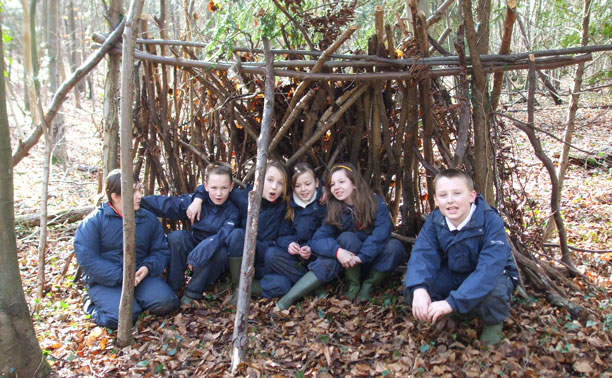
forest schools
by Tim Willmott : Comments Off on forest schools
Forest schools use the woods and forests as a means to build independence and self-esteem in school-age children. Topics are cross-curriculum (broad in subject) including the natural environment, for example the role of trees in society, the complex ecosystem supported by a wilderness, and recognition of specific plants and animals. However, the personal skills are considered highly valuable, such as teamwork and problem solving.
The combination of freedom and responsibility has been particularly beneficial to children who suffer from lack of confidence or whose behaviour is challenging. With high adult:child ratios, children can safely experience activities that are often prohibited, such as climbing trees or lighting fires. The programme allows children to grow in confidence and independence and extend their abilities.
Forest Schools started in the west in Sweden in the 1950’s, and it was also adopted by Denmark where it was used primarily with kindergarten children. In the UK there are over 140 Forest Schools and they now have national organisations, such as the Forest Education Initiative, to develop them.
The pragmatic benefits of providing learning for children in a natural setting that is safe and supervised is encapsulated in Attention Restoration Theory, which claims that asserts that people can concentrate better after spending time in nature. It also resonates with Deep Ecological thinking by philosophers like Thomas Berry.
The idea is not only found in Europe. At Gurukula Botanical Sanctuary in Kerala India a similar project is underway, and the curriculum at the Cloudforest School in Costa Rica is based around the same philosophy.
image courtesy CSV environment (UK)





Comments are closed